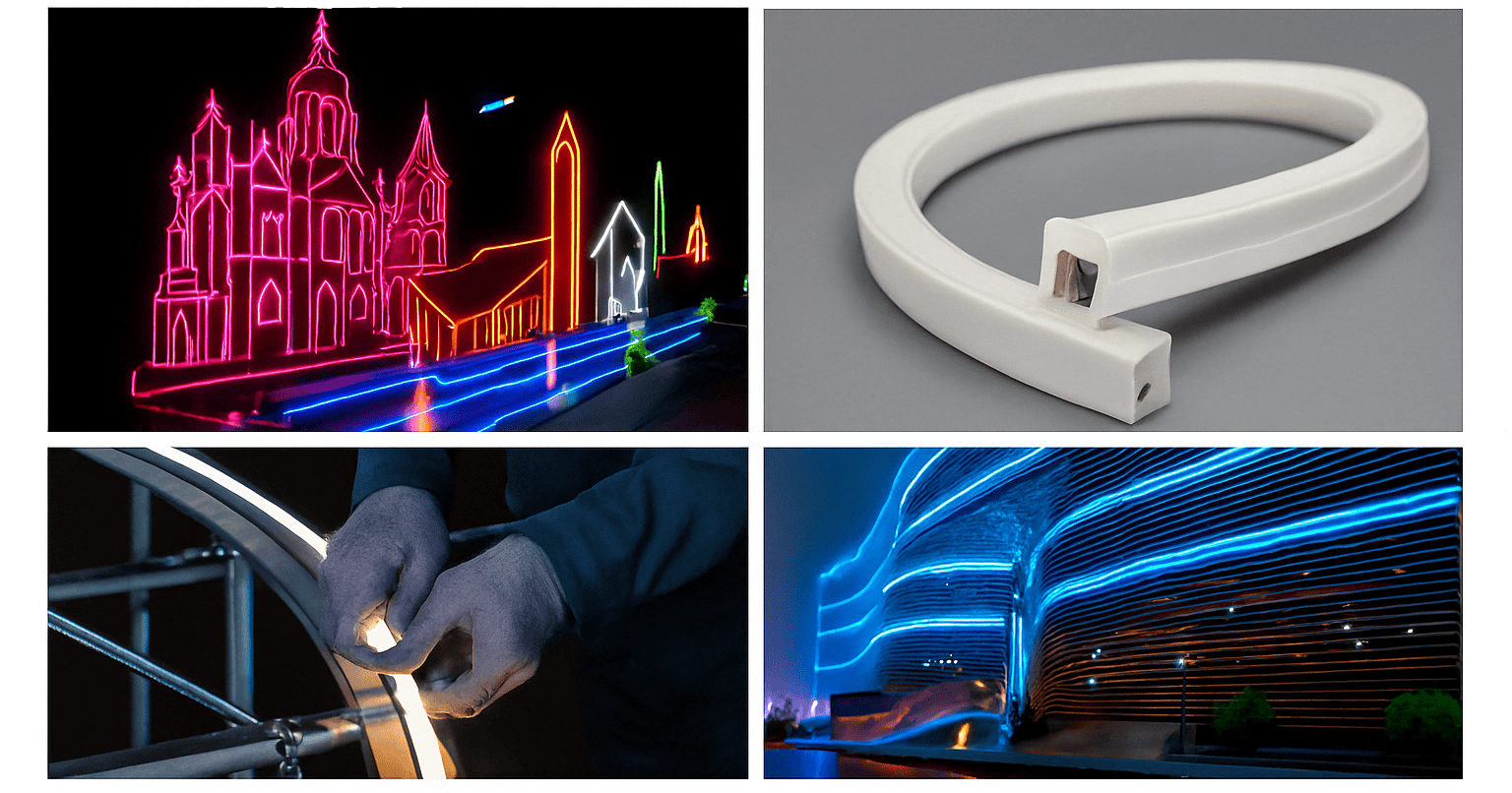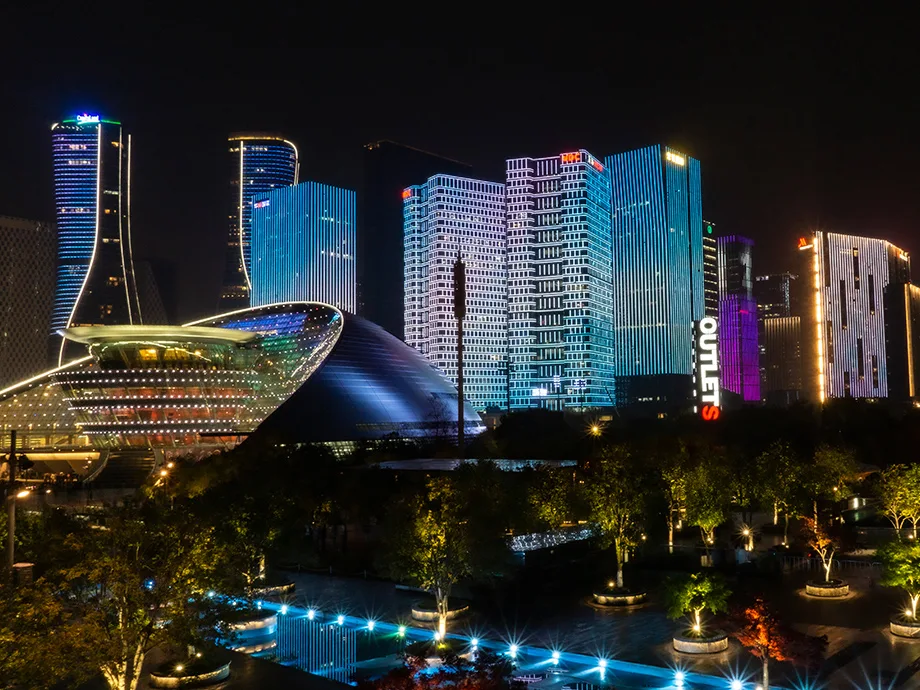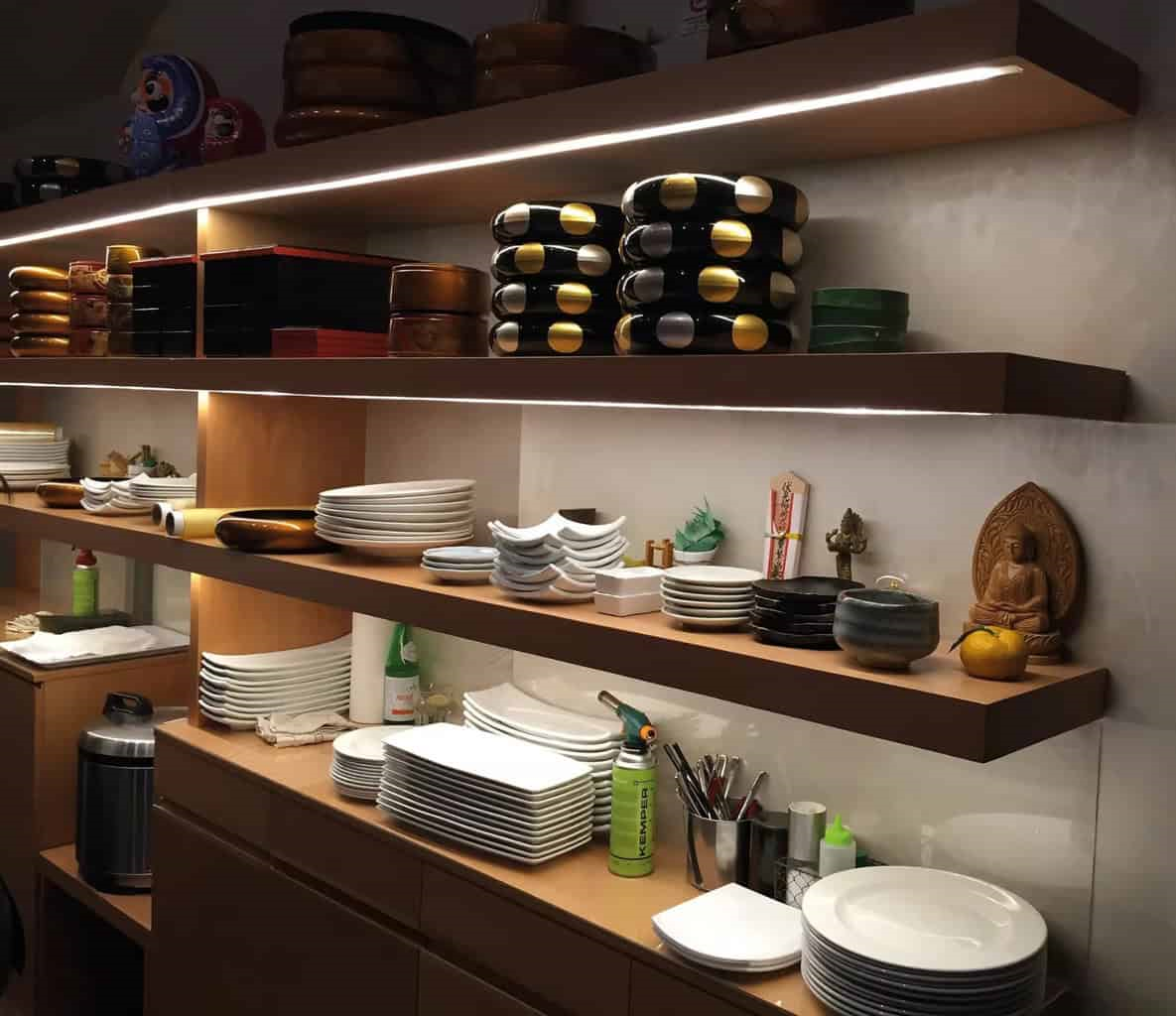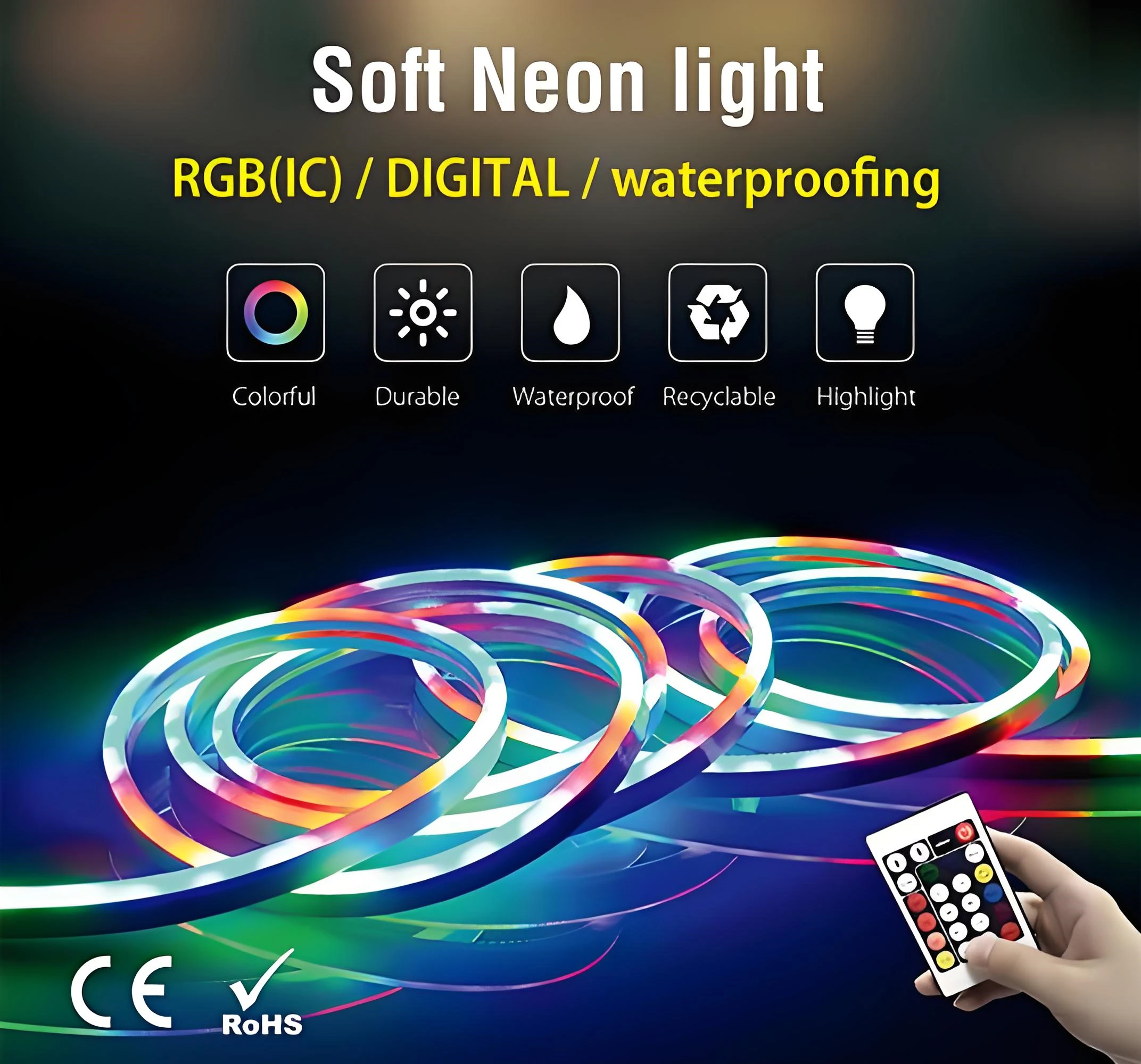In today’s fast-paced world, the right lighting can transform your living spaces into serene havens or vibrant entertainment zones. This guide explores the captivating world of ambient lighting, offering insights into its purpose, types, and practical applications. Whether you’re a design enthusiast or simply looking to enhance your home’s ambiance, this guide will equip you with the knowledge to create stunning and functional lighting designs.
What Is Ambient Lighting
Ambient lighting, also known as general lighting, is a primary layer of lighting that provides overall illumination to a space, ensuring comfort and visibility. This type of lighting is designed to create an even, comfortable level of brightness without sharp contrasts or shadows, enabling individuals to navigate and perform everyday tasks safely. Ambient lighting often comes from ceiling-mounted fixtures, recessed lights, or wall-mounted lights, which distribute light evenly across a room. Ideal for living spaces, hallways, and bedrooms, ambient lighting serves as a foundational layer, setting the mood and enhancing the overall aesthetic.
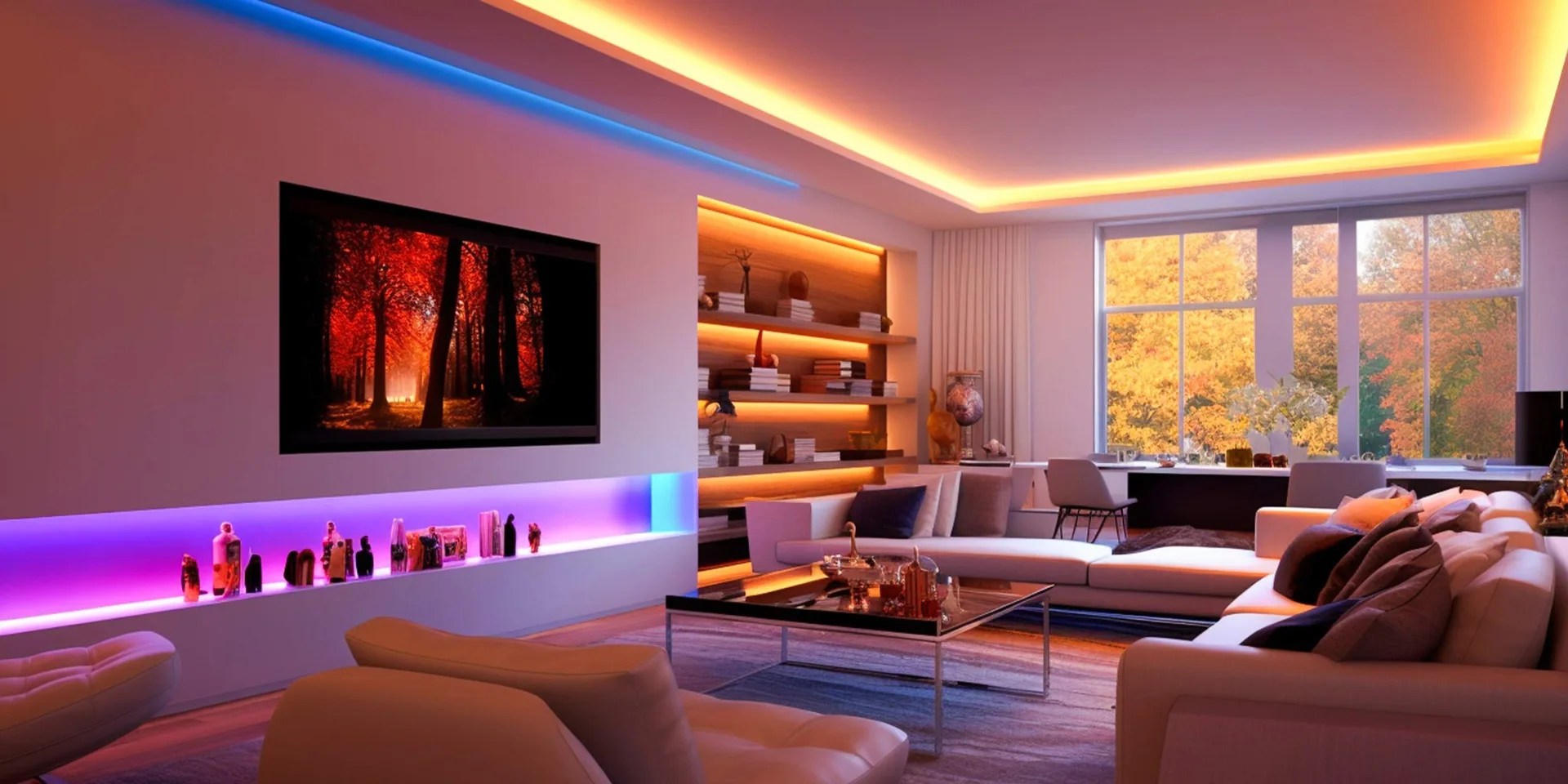
What Are The Features of Ambient Lighting
Ambient lighting is designed to spread evenly across a room to enhance visibility and comfort. Its features include:
1. Uniform Illumination: Ambient lighting minimizes shadows and creates a well-lit foundation for other lighting layers, contributing to the room’s overall functionality.
2. Comfort and Aesthetics: With softer, diffused light, it establishes a relaxing, inviting atmosphere without harsh glares.
3. Versatility: Available through various fixtures like ceiling lights, wall sconces, and track lighting, ambient lighting adapts to diverse room styles.
4. Energy Efficiency: Modern ambient lighting often utilizes LEDs for a balance of brightness and efficiency.
5. Mood Setting: Ambient lighting plays a crucial role in setting the mood of a space. Warm, soft light can create a cozy and inviting ambiance, while cooler, brighter light can promote alertness and focus.
6. Integration with Smart Home Systems: Ambient lighting can be integrated with smart home systems, enabling voice control, automated schedules, and remote access, enhancing convenience and control.
What Are The Types of Ambient Lighting
The primary purpose of ambient lighting is to offer general illumination, creating a comfortable brightness level without overwhelming glare. Each lighting type has its place and function, offering design versatility and helping to elevate interior aesthetics.
1. Ceiling-Mounted Fixtures
Ceiling-mounted fixtures are popular for providing consistent, even lighting in large rooms. They are ideal for spaces like kitchens, living rooms, and offices, offering a balanced light spread from a central position on the ceiling. Chandeliers and flush-mounted fixtures fall into this category, both contributing to bright, open atmospheres.
2. Wall Sconces
Wall sconces deliver ambient light from the wall, providing soft, indirect lighting that reduces shadows and enhances visual comfort. They work well in hallways, living areas, and bedrooms, giving an inviting glow while complementing other lighting layers.
3. Recessed Lighting
Embedded in the ceiling, recessed lights are discreet, providing a clean, streamlined look. They emit a wide spread of light, making them suitable for general illumination in kitchens, bathrooms, and open spaces. They work especially well for low-ceiling rooms, as they don’t protrude.
4. Pendant Lights
Suspended from the ceiling, pendant lights serve both functional and decorative purposes. They are ideal for over dining tables, kitchen islands, and entryways, providing focused ambient light while adding an artistic element to a room.
5. Floor and Table Lamps
Portable and versatile, floor and table lamps are excellent for flexible ambient lighting. They allow for easy adjustment and are ideal for adding warmth to living rooms, bedrooms, and study areas, enhancing ambiance with softer light that’s easy to reposition.
6. Track Lighting
Track lighting involves a series of lights mounted on a track, allowing you to direct light in multiple directions. It’s a versatile solution for both residential and commercial spaces, providing both general and focused lighting. Track lighting works well in galleries, kitchens, and offices where directional control is essential.
7. Cove Lighting
Installed within ledges, recesses, or high walls, cove lighting emits indirect light that bounces off ceilings or walls, creating a soft, diffused effect. It’s perfect for adding depth and atmosphere to rooms, often used in living rooms and bedrooms for a relaxed feel.
8. Strip Lighting
Flexible LED strip lighting offers customizable ambient light that can be installed on walls, under cabinets, or even in ceilings. Flexible and easy to install, LED strips are ideal for accentuating room features or providing gentle illumination. They are commonly used in modern spaces to add a subtle, continuous glow along edges and under counters.
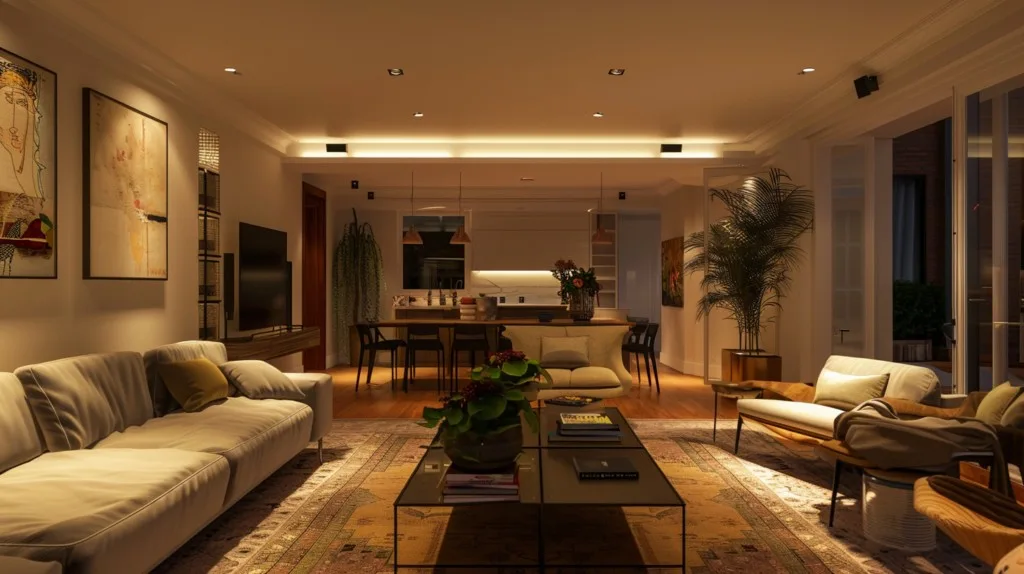
Creating Ambiance with LED Strips: A Step-by-Step Guide
LED strips offer a versatile and affordable way to transform your space with ambient lighting. To get started, you’ll need a few essential components: LED strips, a power supply, a controller, and adhesive tape.
Plan Your Installation:
Begin by envisioning the desired ambiance. Consider where you’d like to place the strips: behind a TV, under cabinets, along a ceiling, or even behind a headboard. Measure the areas to determine the length of strips needed.
Choose the Right LED Strips:
Select LED strips that match your desired color temperature (warm, cool, or daylight) and color options (single-color or RGB). RGB strips offer the most flexibility, allowing you to cycle through various colors or create custom hues.
Install the LED Strips:
Clean the Surface: Ensure the surface is clean and dry to ensure optimal adhesion.
Cut the Strips: Use scissors to cut the strips along the designated cutting marks.
Peel and Stick: Remove the adhesive backing and firmly press the strips onto the desired surface.
Connect the Power Supply: Connect the power supply to the LED strip, ensuring correct polarity.
Add a Controller (Optional): For more advanced control, connect a controller to the power supply and LED strip. This allows you to adjust brightness, color, and create dynamic lighting effects.
Experiment with Placement and Color: Play around with different placements and color combinations to achieve your desired ambiance. For a cozy, intimate setting, opt for warm white or soft yellow hues. For a more energetic atmosphere, consider brighter, cooler tones or dynamic color-changing effects.
Benefits of LED Strip Lights in Creating Ambient Lighting
Using LED strip lights for ambient lighting offers several benefits, enhancing a space’s atmosphere while being energy-efficient. LED strips emit a soft, even light that can be customized to any color or brightness level, allowing you to create a tailored ambiance for various settings. Their flexible design makes them easy to install in hard-to-reach areas like coves or under furniture, subtly illuminating a room without harsh glare. With dimming and smart control options, LED strips provide adaptable lighting, making them ideal for creating comfortable, inviting spaces in homes or commercial settings.

Choosing the Right LED Strips for Ambient Lighting
When choosing LED strips for ambient lighting, consider the following factors to ensure an optimal lighting effect.
Brightness and Color Temperature: For ambient lighting, soft and warm tones (2700K–3000K) create a cozy feel, while cooler tones (4000K–6000K) offer a modern touch. Select brightness levels (in lumens) that suit the room size and purpose. Dimmable LED strips allow flexible brightness control, enhancing ambiance in varied settings.
Length and Flexibility: Measure the installation area to determine the strip length. Flexible LED strips work best for curved or irregular spaces, making them ideal for ambient lighting around ceilings, coves, or under furniture.
Power Source and Voltage: Choose strips compatible with 12V or 24V power sources, depending on the space requirements. Ensure that the power supply can handle the total wattage of the LED strips for safe and stable operation.
Control Options: Consider whether you want to adjust color and brightness. Smart LED strips with remote or app-based control enable easy adjustments, providing the flexibility to change lighting according to the time or activity.
Installation and Durability: Look for adhesive-backed LED strips for easy installation. IP-rated waterproof strips are recommended in areas with moisture, like bathrooms or kitchens. For ambient lighting, prioritize strips with quality adhesive and durable build to ensure lasting placement and performance.
Where To Use LED Strips For Ambient Lighting
It’s popular to use LED strips for ambient lighting. Here are some ideal places to install LED strips for ambient lighting:
Living Room: Use LED strips along the ceiling or behind a television to create a warm, cozy atmosphere. This enhances movie nights, social gatherings, or just adds a relaxing background light.
Bedroom: Install LED strips under the bed frame or around headboards for soft, calming lighting. This creates a relaxing environment and can serve as an alternative to brighter lights before bedtime.
Kitchen and Dining Areas: Place LED strips under cabinets or around the edges of kitchen islands. These lights provide gentle illumination that highlights surfaces and cabinets, enhancing the ambiance while helping with visibility during cooking or dining.
Hallways and Staircases: LED strips along the baseboards or under the handrails in hallways and staircases add a modern touch while also improving nighttime safety.
Bathrooms: Waterproof LED strips are suitable for bathroom mirrors or under cabinets, creating a spa-like ambiance and a soft glow for nighttime use without harsh overhead lights.
Home Offices: Ambient LED lighting around desks or bookshelves can reduce eye strain and add a professional touch to the workspace.
Outdoor Patios and Gardens: Weather-resistant LED strips can be installed around patios, along pathways, or in garden areas, creating a welcoming outdoor space for evening relaxation or gatherings.
Closets and Shelving: LED strips inside closets or on shelves improve visibility and make accessing stored items easier, adding convenience along with aesthetic appeal.
Automobiles: LED strips in automobiles enhance interior ambient lighting, adding a modern, customized touch. They illuminate footwells, dashboards, and door panels, offering both aesthetic appeal and visibility at night.
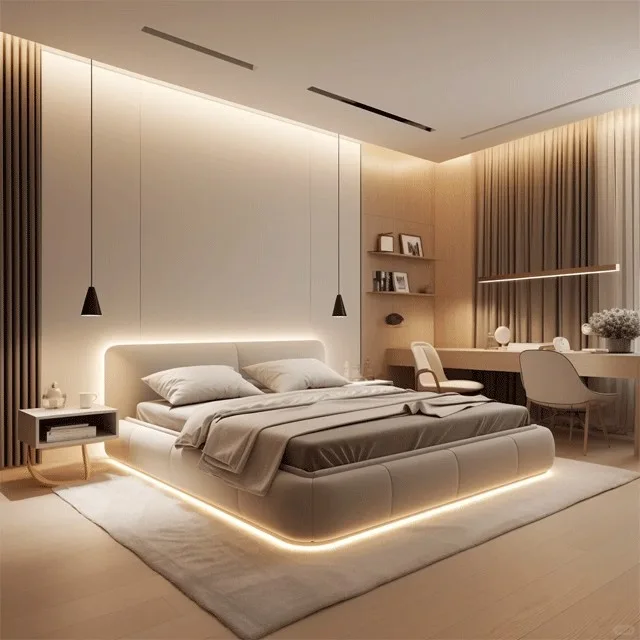
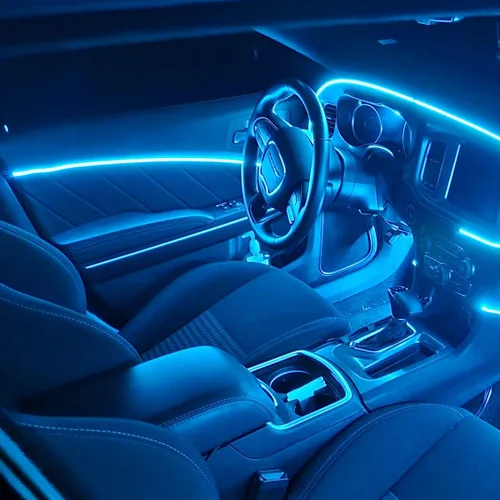
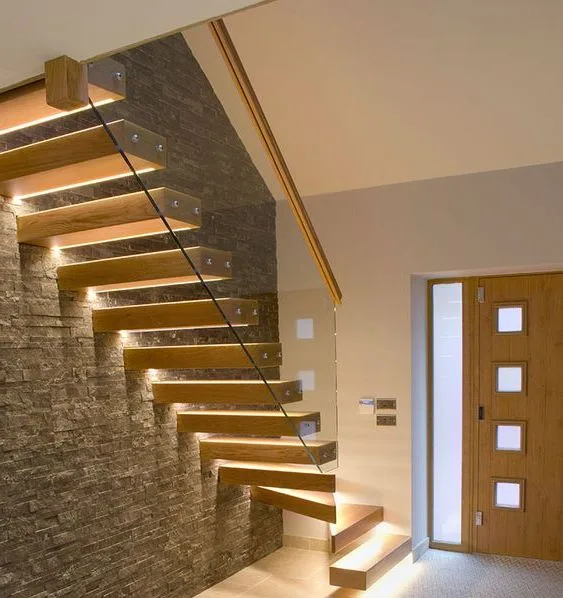
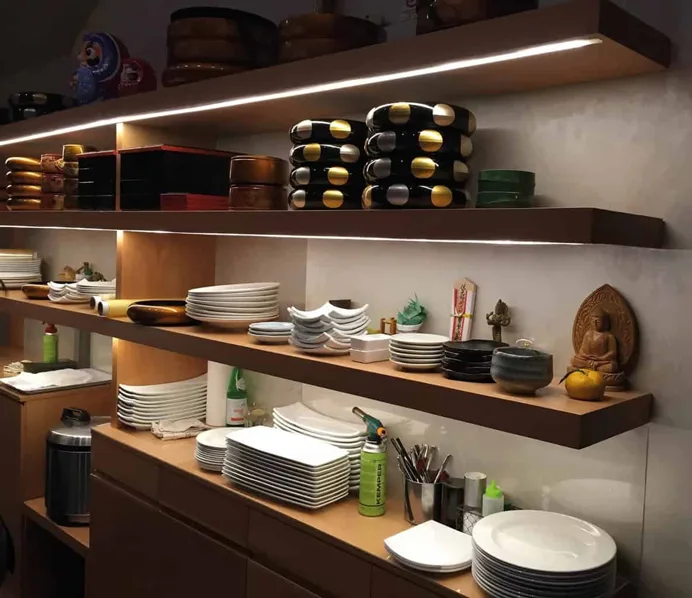
What Are Differences Between Ambient Lighting, Task Lighting And Accent Lighting
There are three main interior lighting, ambient lighting, task lighting, and accent lighting each serve unique roles, creating a well-rounded lighting plan that enhances both function and aesthetics.
Ambient Lighting provides general illumination across a room, ensuring basic visibility and setting the room’s tone. It is usually soft and uniform, minimizing harsh shadows, and is commonly achieved with ceiling-mounted fixtures, wall lights, or recessed lights. Ambient lighting allows people to move safely throughout a space.
Task Lighting is designed for specific activities, like reading, cooking, or working. It offers bright, focused light that reduces eye strain and improves precision in task areas, such as desks, countertops, or vanities. Desk lamps, under-cabinet lights, and swing-arm lamps are common examples of task lighting.
Accent Lighting focuses on enhancing design elements and highlighting architectural features, artwork, or objects. It is typically brighter than ambient lighting to draw attention and add depth to a room. Examples include track lights, picture lights, and spotlights, often used to create focal points and add visual interest.
In summary, ambient lighting provides general illumination, task lighting aids in specific functions, and accent lighting enhances aesthetics by highlighting specific areas or objects. Combining these types creates a balanced, functional, and visually appealing environment.
| Aspect | Ambient Lighting | Task Lighting | Accent Lighting |
| Definition | General, overall lighting for a space | Targeted lighting for specific tasks | Focused lighting to highlight design elements |
| Purpose | Provides uniform light across the room | Supports activities requiring clear, focused light | Adds visual interest, highlights features or objects |
| Intensity | Low to moderate intensity | High intensity | High intensity, often using spotlights or directional fixtures |
| Placement | Typically from ceiling fixtures, wall sconces, or floor lamps | Close to the task area, such as desk lamps, under-cabinet lights, or pendant lights over a kitchen island | Directed towards specific areas, such as artwork, plants, or architectural details |
| Lighting Effect | Soft, even illumination without harsh shadows | Concentrated and bright, reduces eye strain | Brighter than ambient, directs attention to focal points |
| Examples | Ceiling-mounted fixtures, wall sconces, recessed lights | Desk lamps, under-cabinet lights, reading lights | Track lighting, picture lights, spotlights |

